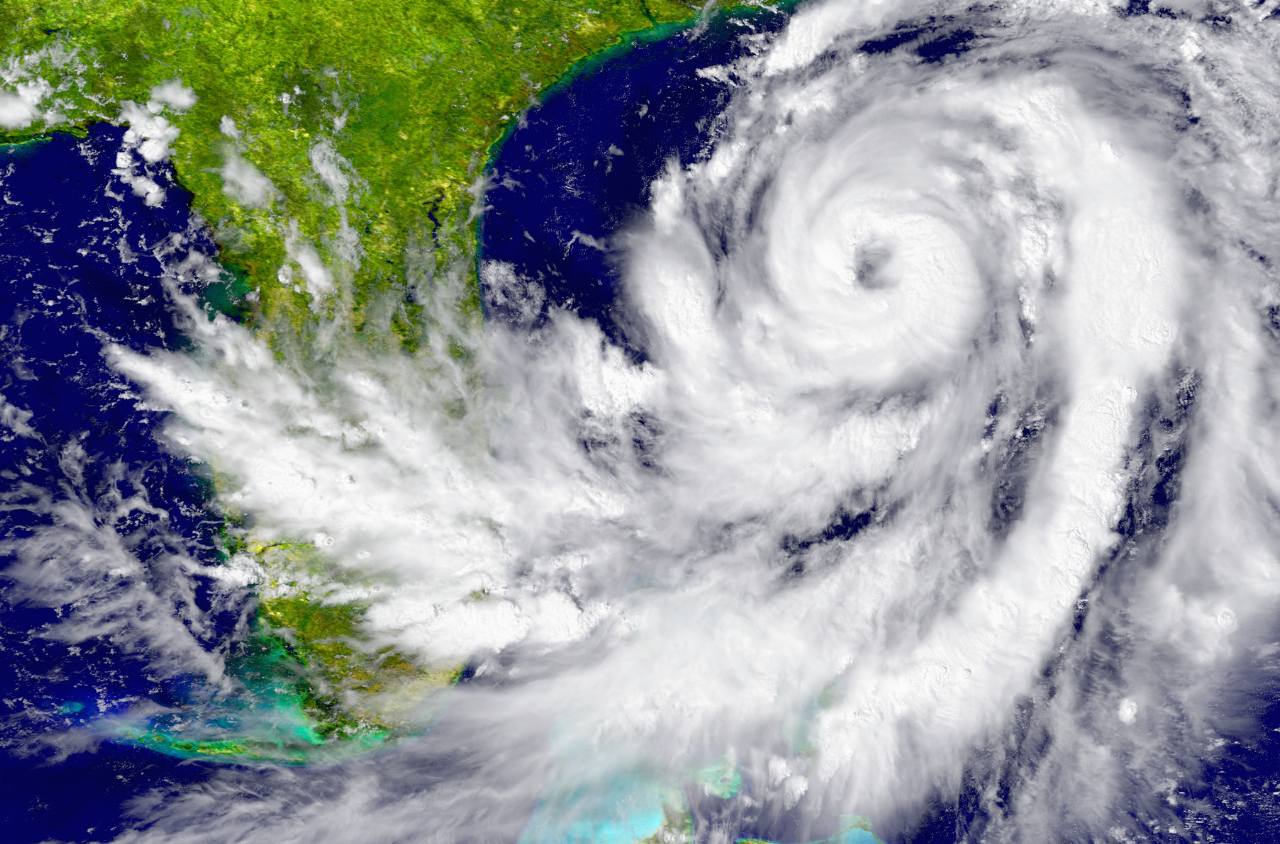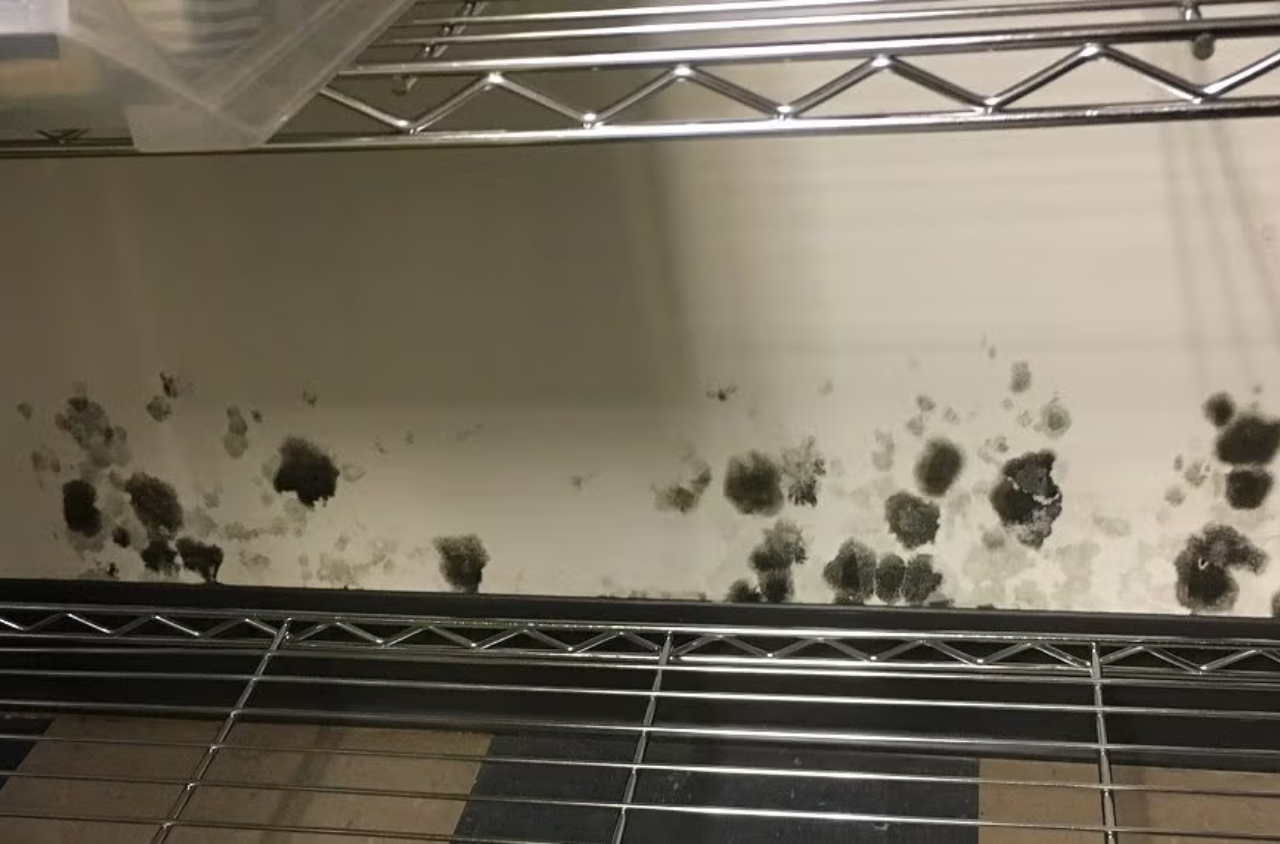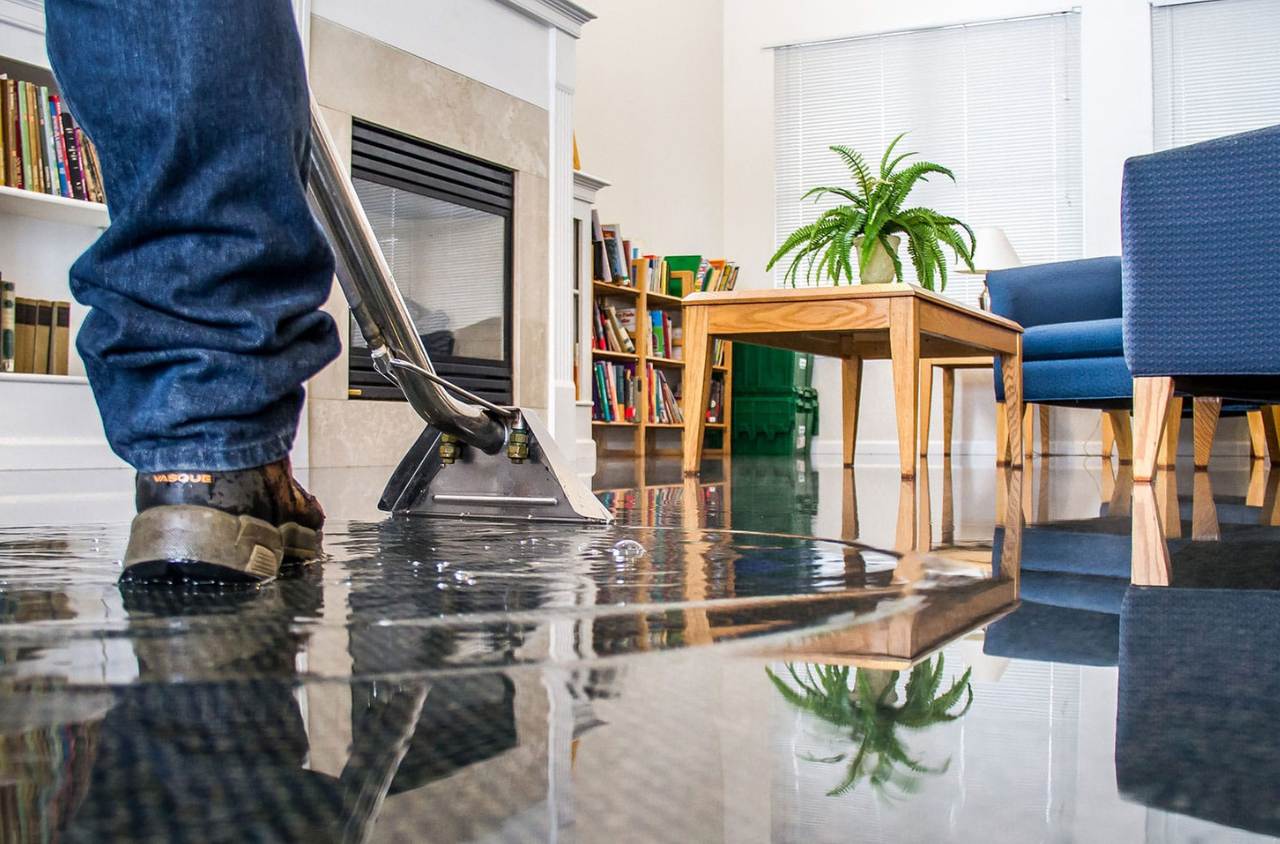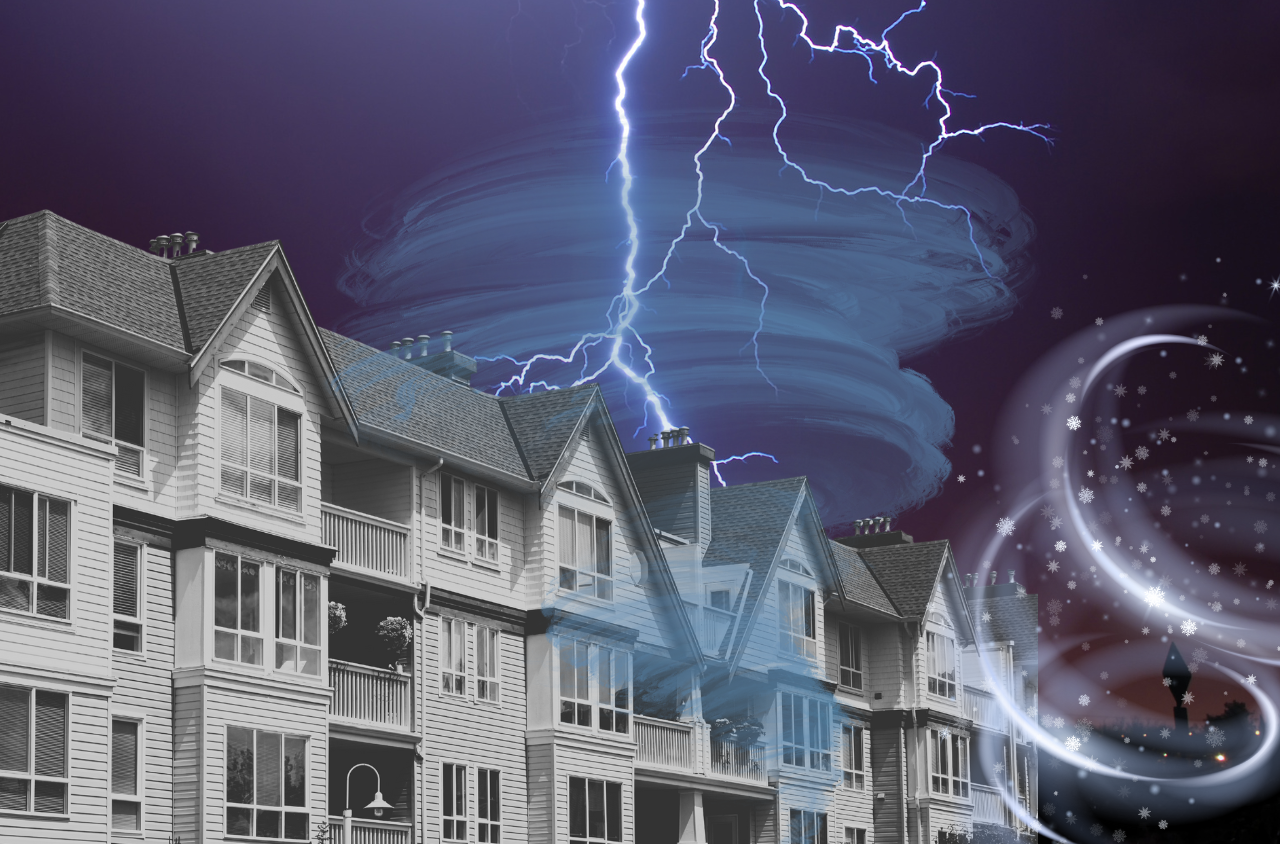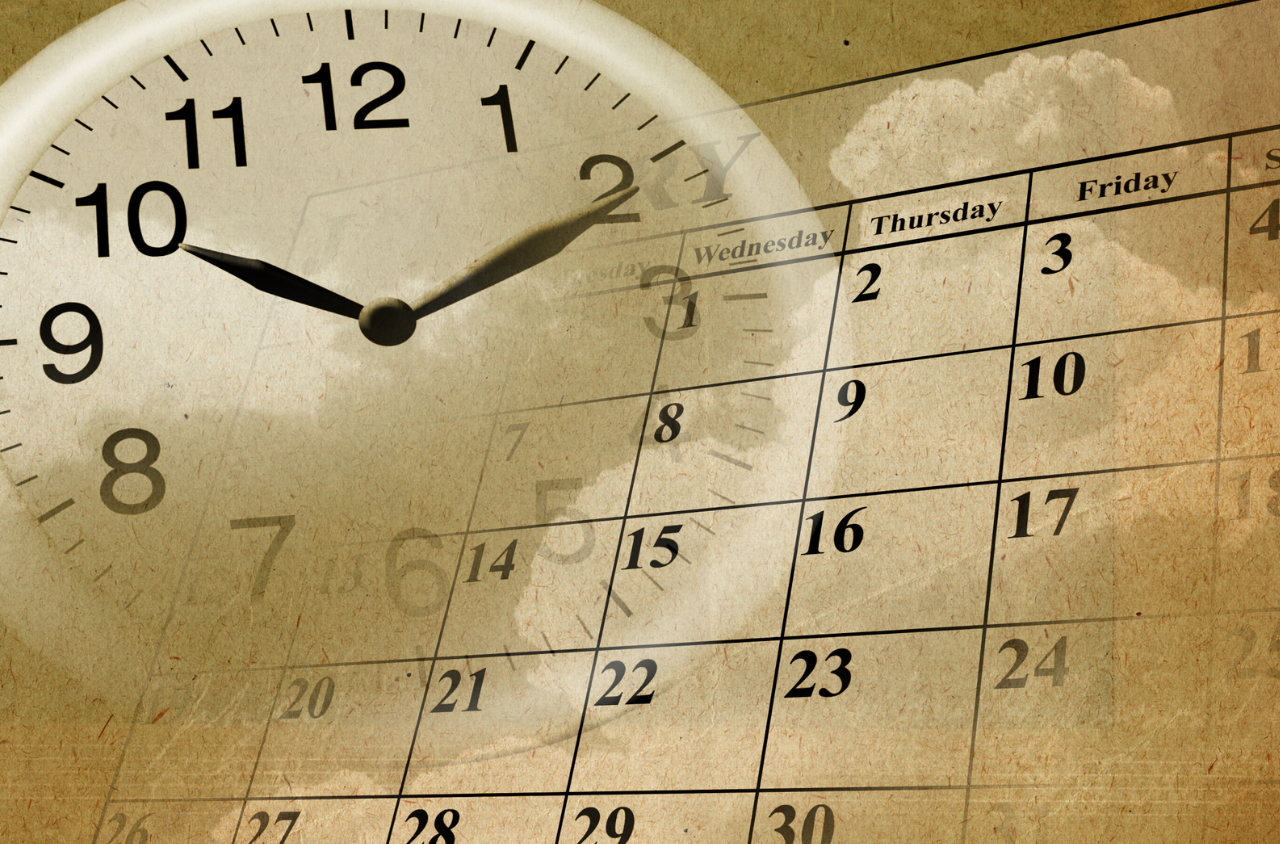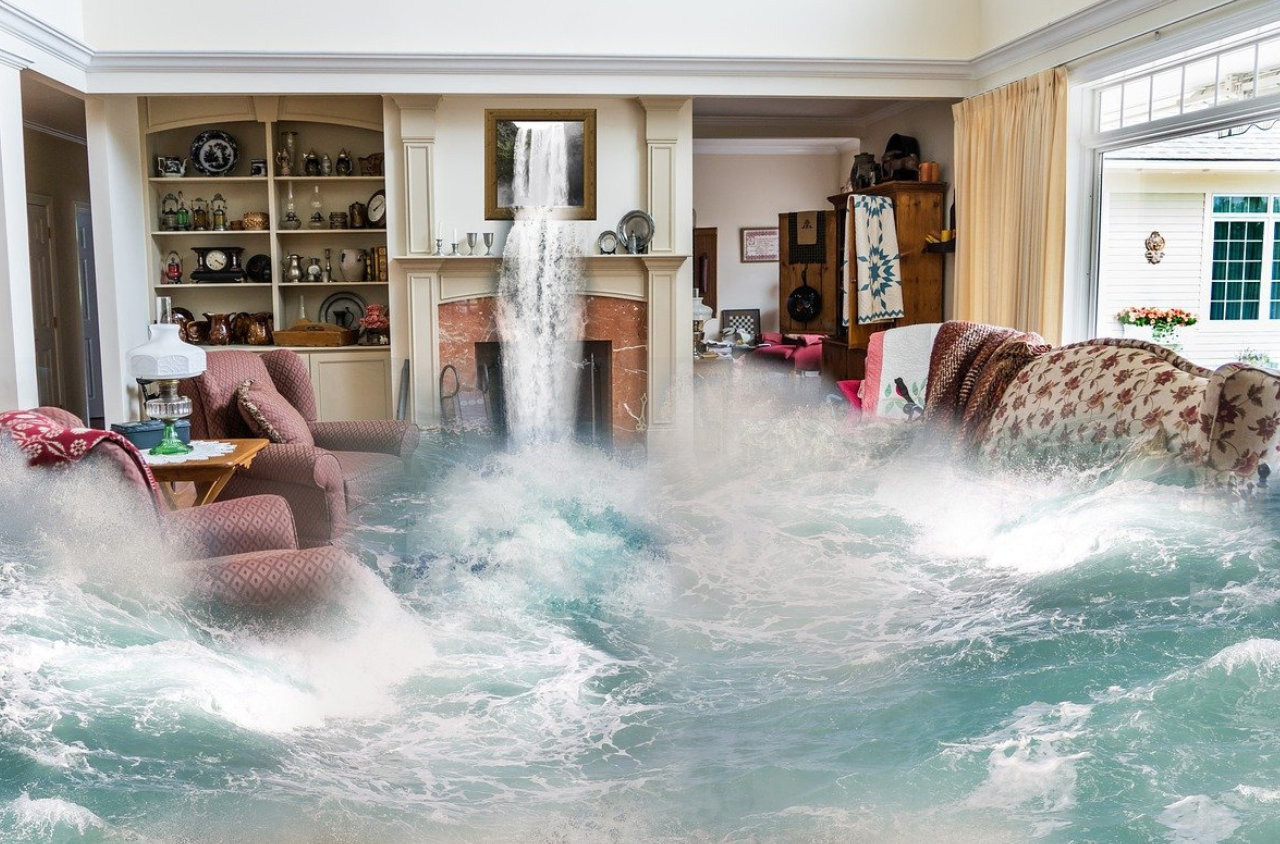
Introduction to Property Restoration
When disaster strikes—whether due to natural calamity, accidental fire, environmental conditions, or simple plumbing failure—property restoration experts play a critical role in the recovery process. This specialized service focuses on immediately minimizing further damage and stabilizing the site, and then subsequently returning a property to its pre-damage, or “pre-loss”, condition. Property restoration requires specific expertise far more specialized than that which is required for general construction or remodeling. Trained professionals use specialized techniques and tools to address both seen and unseen consequences of damage so that the structure will be safe for occupants immediately and in the long term. In this article, we will explore some of the most common types of property restoration and why working with certified professionals may be the best course of action to protect owners and occupants following certain damage scenarios.

Certifications and Expertise in Property Restoration
When selecting a property restoration company, it is important to verify industry certifications. The Institute of Inspection, Cleaning, and Restoration Certification (IICRC) is a widely recognized standards organization in the industry. IICRC-certified professionals adhere to rigorous guidelines, ensuring they are well-versed in the latest techniques and best practices. Property owner interests will be best served if the chosen provider has the certifications, experience, tools, equipment, and process expertise to deliver results that meet or exceed industry standards.
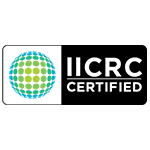
Types of Property Restoration
Water damage, caused by events such as leaking pipes, overflowing drain pans, wind-driven rain, flooding, and many other scenarios, can dramatically impact the structure and contents of a home or business. Certified professionals will clearly understand the different approaches and precautions that must be taken to mitigate each “Category” of water damage. According to the IICRC S500 standard, the Category of water is determined based on the source and quality of the water after contacting materials in the damaged structure. The Category determination indicates the level and type of contaminants the water may contain. The same mitigation approach that may work well for relatively clean Category 1 water damage may be completely inadequate to properly and safely mitigate damage caused by more contaminated Category 3 water. Failure to account for this factor, paired with inadequate cleaning procedures, could lead to ongoing health risks for occupants of the building and other problems such as lingering odors. This is just one commonly-encountered example that clearly highlights the importance of industry knowledge and expertise.
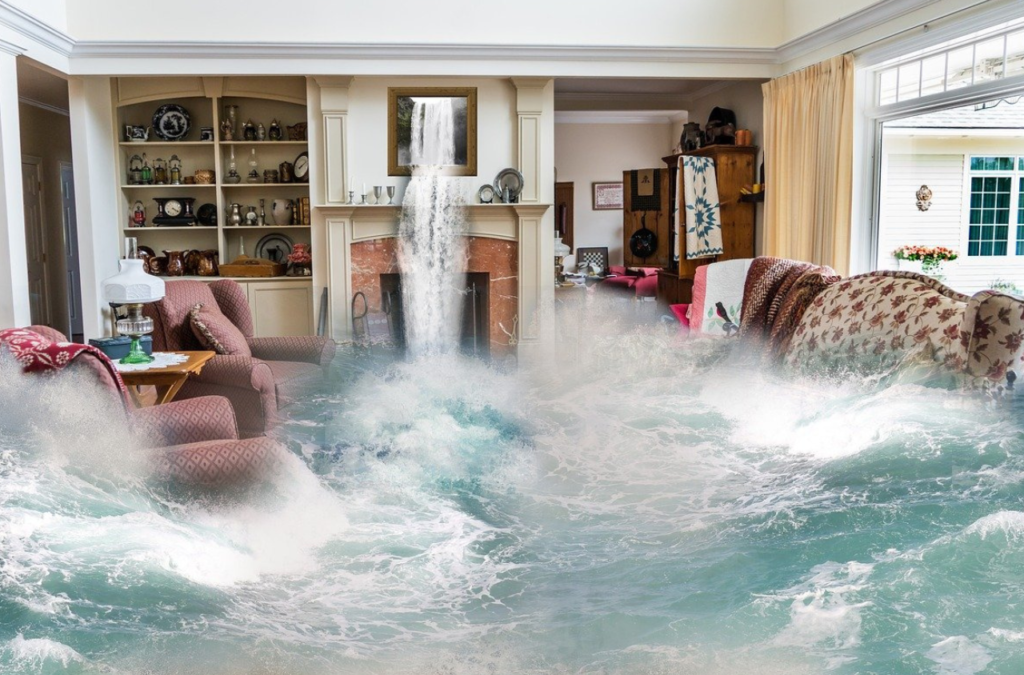
Fire and Smoke Damage Restoration
Fire and soot damage can be highly complex, requiring specialized expertise to address safely and effectively. Fires leave behind more than just visible damage—they produce corrosive soot residues, hazardous particles, and strong odors that can deeply penetrate building materials, contents, and even HVAC systems. IICRC standards S590 and S700 address these complexities and indicate that a thorough assessment and remediation of HVAC systems are recommended to prevent the spread of harmful residues and odors throughout the property in many instances. Proper fire and soot restoration involves identifying the unique characteristics of the fire, such as the type of materials burned (e.g. synthetic or organic) and the resulting soot residues. Each type of soot requires tailored cleaning methods and products to ensure complete removal without causing further damage. Improper cleaning can lead to permanent stains, structural issues, lingering odors, or ongoing health risks for occupants. Certified professionals follow these standards systematically to restore your property while ensuring safety and long-term results, underscoring the importance of choosing qualified experts for fire and soot restoration.

Mold Remediation
Mold growth can occur whenever moisture is present for an extended period, often following water damage or high humidity. While many types of microbial growth are harmless and a part of our daily lives, certain molds can pose health risks or cause structural damage if left unaddressed. IICRC standard S520 addresses the specific considerations related to mold remediation. Understandably, successful remediation involves more than just removing visible mold. It requires identifying and addressing the underlying moisture issue to prevent recurrence, safely remove contaminated materials, and properly clean affected areas. Certified professionals follow a systematic approach, using containment techniques, air filtration, and negative air pressure to prevent the spread of spores during the remediation process. They also assess HVAC systems, as mold contamination in these systems can compromise indoor air quality throughout the property. By adhering to rigorous standards, certified experts ensure that the remediation is thorough, safe, and aligned with industry best practices, protecting your property and the health of its occupants.

Storm Damage Restoration
Storms can wreak havoc on homes and businesses, causing damage from flooding, wind-driven rain, hail, fallen trees, and compromised roofing. These events often lead to water intrusion, structural damage, and the potential for mold growth if moisture isn’t addressed promptly. Certified restoration professionals follow IICRC standards to assess the full scope of the damage, including hidden issues such as water penetration in walls, insulation, and layers of subflooring. Proper restoration begins with stabilizing the structure, securing compromised areas, and addressing water damage to prevent further deterioration. Wind-driven rain and flood water can carry contaminants which may necessitate specialized cleaning and drying techniques to restore affected areas safely and effectively. By working with certified experts, you can ensure your property is restored to pre-storm condition while minimizing the risk of long-term consequences that may develop if sub-standard procedures are used to mitigate and repair your property.

Conclusion
Property restoration encompasses a wide range of services, including mitigation and repairs for water damage, fire and smoke damage, microbial growth, and storm damage. Each type of damage presents unique challenges that require specialized knowledge, tools, and adherence to rigorous industry standards like those set by the IICRC. From mitigating water contamination to safely removing soot, mold, and debris, certified professionals play a critical role in restoring properties to safe, pre-damage conditions.
If your home or business has suffered property damage, don’t wait—contact a certified restoration expert today to ensure the job is done right. Protect your property, health, and peace of mind by working with trusted professionals dedicated to delivering exceptional results.
Read more
Blog
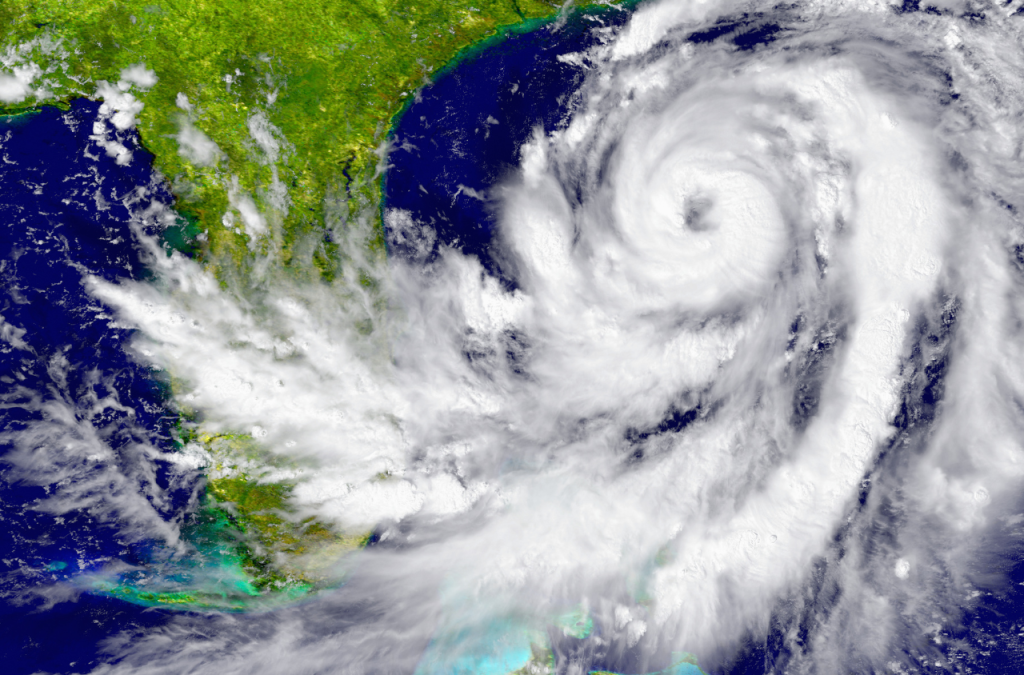
Hurricane Preparation: How to Stay Safe
Hurricane Preparation: How to Stay Safe Hurricane season can bring powerful winds, heavy rainfall, and
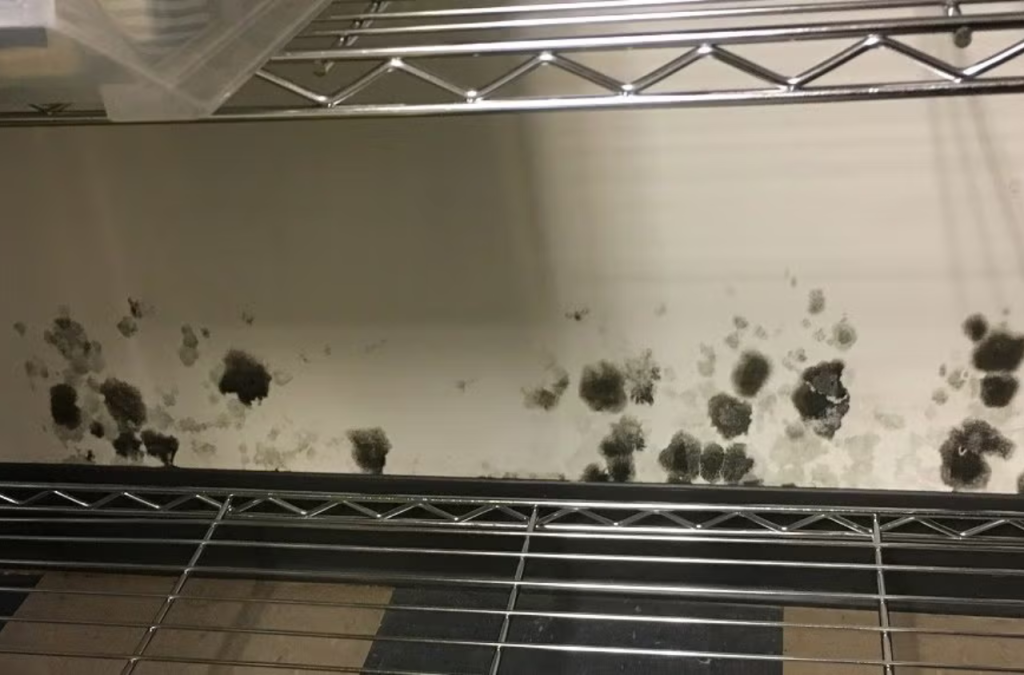
Managing Microbial Growth in Commercial Spaces
Managing Microbial Growth in Commercial Spaces: Why Timely Action Matters When microbial growth appears in
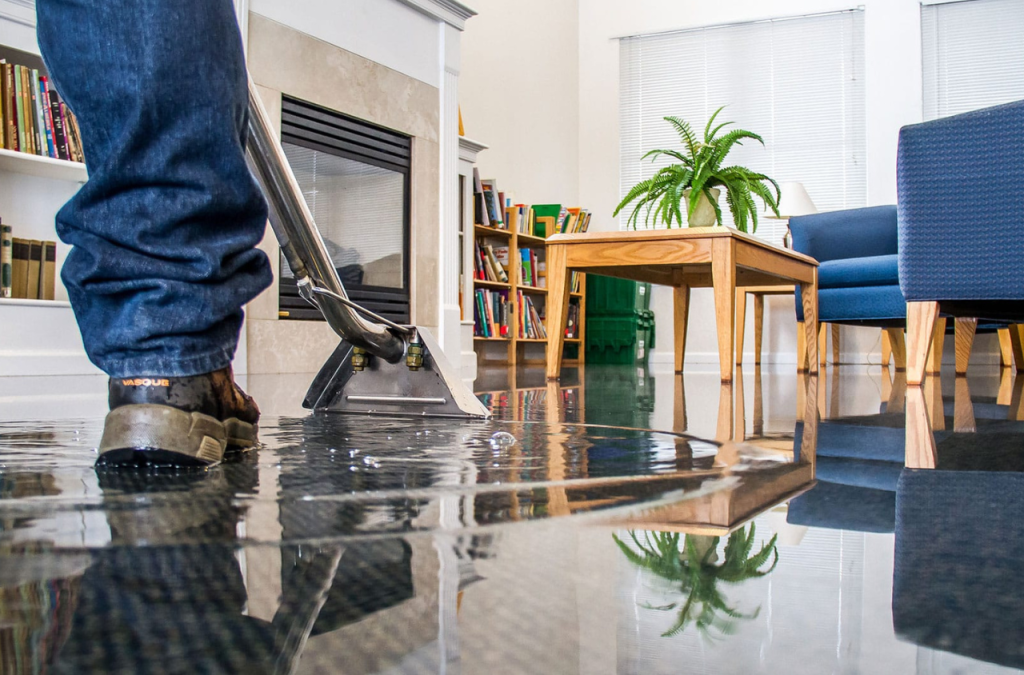
Flooding: What You Need to Know & How APR Restoration Can Help
Flooding: What You Need to Know & How APR Restoration Can Help Flooding is one


